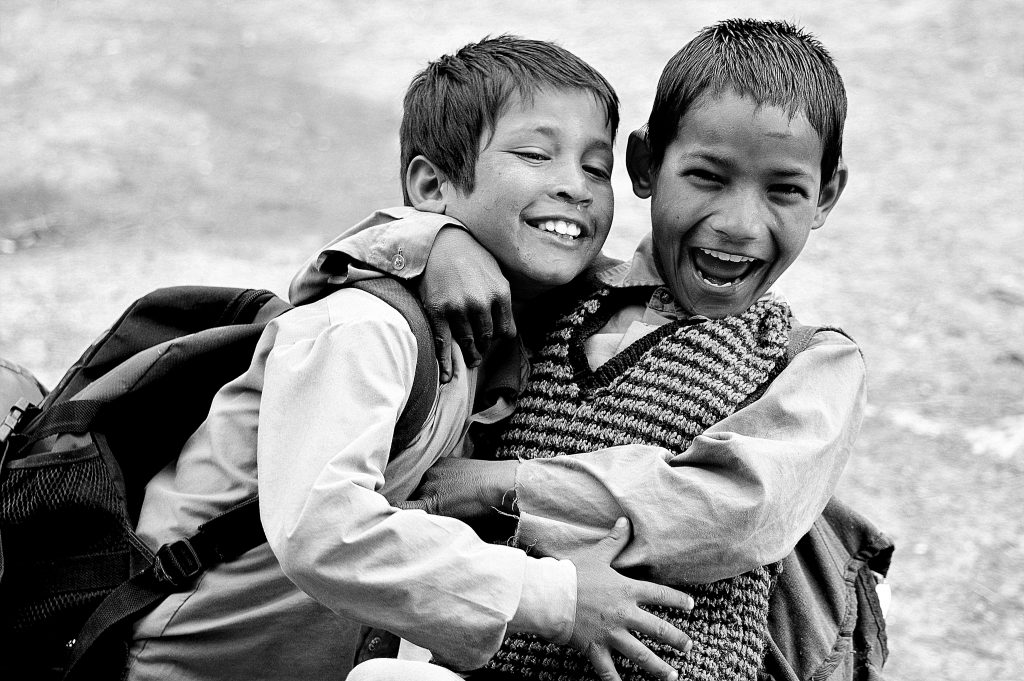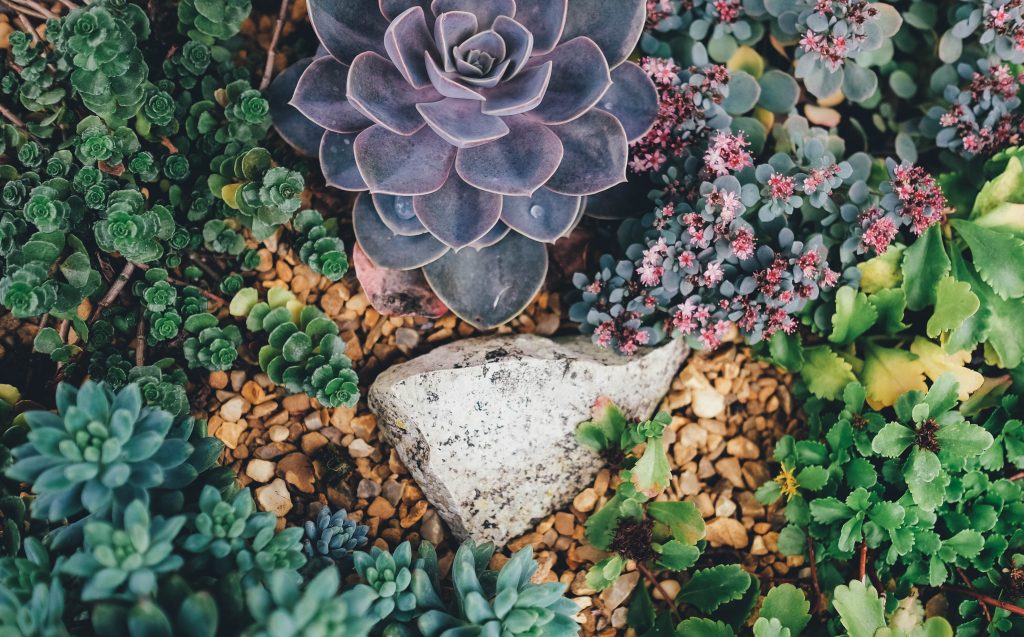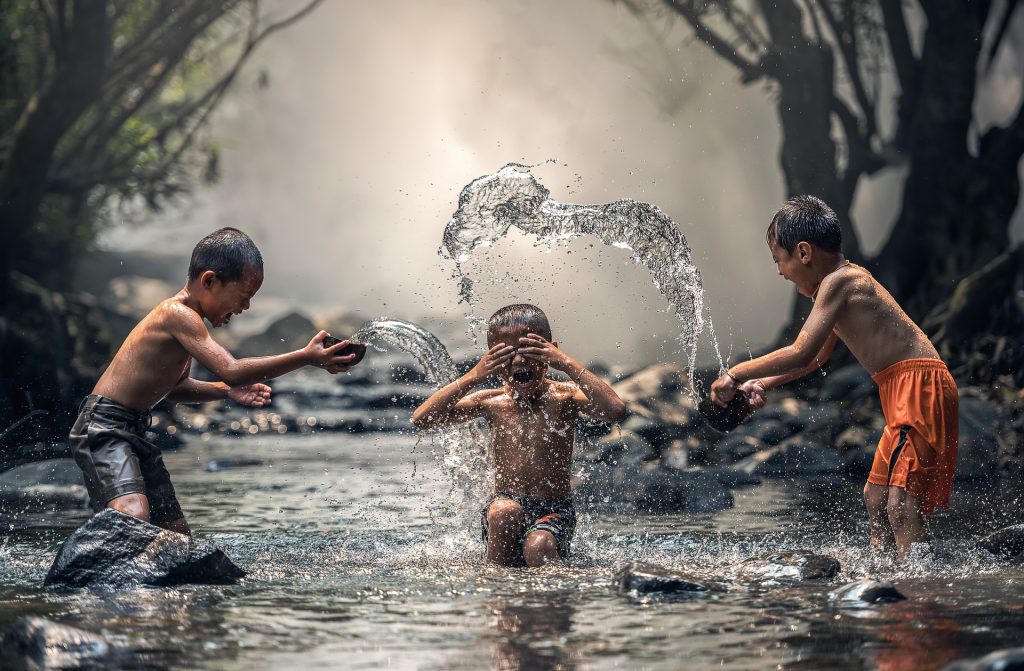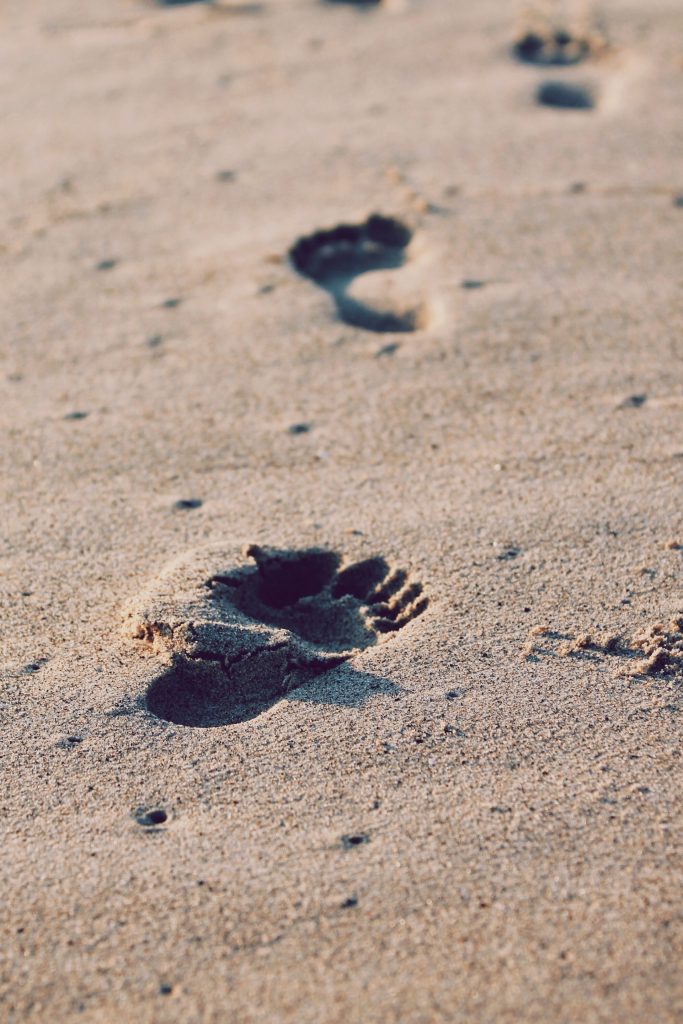Welcome to Part 3 of our series on Saptaswara – the 7 Steps to a more aligned existence. The Saptaswara module we created has helped many people over the years reflect on their own individual journeys thus far and create a roadmap of sorts for their futures. In the first post of this series, we discussed the first step, Maitri – the attitude of openness and friendliness in which we can offer to and receive from the world. In our second post, we looked at the concepts of Karma and Dharma, our actions in this world and the deeper space from where these actions emerge.
Today we will discuss Jnana and Ramya, the next two steps in the Saptaswara. Note that none of these steps are linear; consider them more like a spider web, where every thread is attached to the other, and any change in one ripples through them all.
Step 4: JnAna
Knowledge emerges and becomes JnAna or wisdom only when each of us can add our experience and feelings to an event and comprehend it to its fullest.

Knowledge is not only the accumulation of data, but the step of examining the data and making it one’s own. When we experience the world as children, adolescents and adults, we internalize a particular knowledge set.
This knowledge set helps us to understand our environment, foster out relationships and plan for our future but do we have the capability to allow this knowledge to constantly enlarge itself and become more and more sensitive to changing conditions?
We can explore this further by using the example of two children brought up in very different contexts.
- A child who has been praised and affirmed at every step of her growth by her parents, teachers and peers. If this girl does not re-examine her anchors that are based on being received without criticism, she can easily become addicted to adulation and fall into depression when “the real world” does not affirm her in the way that she is used to.
- A child who had to fend for herself because the family had no time for her and in the school, she was one of many. Her nature would develop in a guarded and lonely manner, and as a result she could become tentative and apologetic. She could easily become entrenched in a state of “waiting for her cue”.
When existing knowledge is looked at from various perspectives it is possible to develop wisdom. For example, the knowledge that we gain from the past is in relationship to one set of contextual inputs. It cannot help us or stand us in good stead when we are confronted with a new and dangerous situation.
At this point, it may be helpful to reflect on our own lives and look at some of the beliefs that we hold about ourselves and the world in general. What have we internalised over the years; is it possible to examine these beliefs without emotion or trepidation? And having examined them, can we open ourselves to the possibility that some of these beliefs no longer hold the same value they did before?
What was true at one point may not be true any longer, what was useful at some time may not be so any more.
Going back to our two children conditioned in different ways, the first child can become a needy adult and the second a lonely fighter. But if either of them can move from this location, the first child can become a confident leader and the second a sensitive listener, capable of encouraging others.
To be able to cope adequately at the current moment requires entrenched knowledge to be set aside and new coping strategies to be developed.
Acknowledging Others
Learning from others is a good starting point. Many of us have been made to feel resentful and humiliated when we are confronted with people who are more competent and capable in challenging situations. Perhaps this was a conditioning from childhood or our inefficient school system that pits students against each other in competition in a bid to motivate progress, but often fails to support true learning.
Is it possible to actually receive the other persons’ skill set as another possibility that we can use for ourselves? Can we learn from them as colleagues and friends, rather than get defeated by seeing them as enemies?

What an amazing difference it would make to be inspired by another’s accomplishments rather than feeling threatened by the idea of one’s own shortcomings! In this space, the onus of responsibility is high on the individual; by acknowledging that someone else is more competent or capable, we are practicing a deep level of honesty, as well as taking responsibility for our actions and therefore the future outcome.
Observing Nature

Nature is an incredible teacher. In nature, we are reminded of some of the simplest yet most profound universal laws. There is incredible diversity in nature; thousands of varieties of plants and wildlife can coexist within the same space. This is a learning that we could truly benefit from in today’s polarised world.
Comparison is ineffectual in nature; every life form has its role to play within the larger ecosystem, and none is “better” than the other. The lion may be the king of the jungle, but in the end he will become food for the maggots. When we understand that all life forms have their place and value on this planet, perhaps we may be able to create equitable, inclusive social structures that are not just inclusive of all people, but of our entire ecosystem as well.
Step 5: Ramya
We have looked at action, relationships and the underlying meanings and purpose for our living. But without joyousness, delight, laughter and beauty it cannot be complete. The tradition of vAstu shastra (which comprises of the built form and the crafting of sculptural forms, murals or frescoes and paintings) speaks of Bhogadyam or utility, Sukha Darshanam or aesthetics and Ramya or delight, as the critical aspects of all created forms as well as the basis for a complete and balanced life.
Knowledge, action and meaning are not sufficient to bring about fullness in our lives. How many moments have we experienced when all our anxieties and burdens become meaningless and light as we experience the laughter and joy of being alive?

Delight is one of the greatest gifts of being alive. Think of how a cat stretches its body with complete abandon, or a dog runs and jumps to welcome its loved ones’ return. Take a moment and remember the last time you saw a child delight in something.
Each of us receives those special moments of utter joy with great delight.
To become joyous and to delight in the moment does not come easy to many of us. The path of life has made our every moment filled with fears, anxieties and worries. When we carry our burdens with us, in fact, when we look at our challenges and the very process of life as burdensome, then we become blinded to the joy that is available to us in every moment.
We also ignore the spontaneity of children and criticise their qualities as childish, in an effort to be more ‘adult’. We have been told to “grow up” so often that many of us do so while losing out on some of the most beautiful qualities of children – resilience, joy, curiosity, openness and receptivity.
Sometimes the very question is enough to spark a flame; “What can I do today that would bring a little joy into my life?” The answers can be extremely simple, yet when acted upon bring us a deep sense of fulfillment.
There are many ways that we can learn to lighten up and to experience a child-like joy in our everyday life, the most common being through dance, music, art, and poetry. Human collectives have celebrated their existence through these creative expressions for hundreds of years. It is our endeavour to assist the participant to re-engage with their child self.



 Priya is a Yoga therapist in the Krishnamacharya tradition. She adapts Reiki & energy work, Vedic chanting, life coaching & Ayurvedic practices in her healing spaces. She is committed to nurturing collectives that have the praxis of Yoga at their heart.
Priya is a Yoga therapist in the Krishnamacharya tradition. She adapts Reiki & energy work, Vedic chanting, life coaching & Ayurvedic practices in her healing spaces. She is committed to nurturing collectives that have the praxis of Yoga at their heart. Anisha has been on an exploration to understand herself through yoga for the last 15years which led her to teaching yoga, yoga therapy and inner work through yoga.
Anisha has been on an exploration to understand herself through yoga for the last 15years which led her to teaching yoga, yoga therapy and inner work through yoga. Apoorva chanced upon Yoga in her early 20s. A spark was lit within and there was no turning back. Her exploration led her to the Krishnamacharya tradition more than a decade ago. Curious about human behaviour and what drives it, she was thrilled when her search ended (and also began) when she first came upon the Yoga Sutra, which illuminated a path towards answering many questions that had been held for a long time.
Apoorva chanced upon Yoga in her early 20s. A spark was lit within and there was no turning back. Her exploration led her to the Krishnamacharya tradition more than a decade ago. Curious about human behaviour and what drives it, she was thrilled when her search ended (and also began) when she first came upon the Yoga Sutra, which illuminated a path towards answering many questions that had been held for a long time. Anita is a yoga teacher and therapist in the tradition of Sri.T.Krishnamacarya and Sri T.K.V. Desikachar, a Reiki practitioner and a Life Coach. She is also the founder of Vishoka, a center for learning Indic and energy-based frameworks for living and healing. Her deep concern for human suffering and the problems of unsustainable living kept her on the path of seeking an integrated approach to looking at life, living, learning and healing.
Anita is a yoga teacher and therapist in the tradition of Sri.T.Krishnamacarya and Sri T.K.V. Desikachar, a Reiki practitioner and a Life Coach. She is also the founder of Vishoka, a center for learning Indic and energy-based frameworks for living and healing. Her deep concern for human suffering and the problems of unsustainable living kept her on the path of seeking an integrated approach to looking at life, living, learning and healing. Ankit is a seeker in the wisdom traditions of India. The core of his work includes creating dialogic spaces where people can look within and see the connection between their inner and outer lives. Inspired by the likes of Gandhi, Aurobindo, Vivekananda and Guru Gobind his experiments in service took him back to his roots in Punjab where he is creating a community-led model of higher education which is open, inclusive and accessible for all. Ritambhara for him is a space for engaging in a community which is committed to a DHramic life. He anchors his work of learning and leadership in the Antaranga Yoga Sadhana and the humanistic wisdom of Mahabharata.
Ankit is a seeker in the wisdom traditions of India. The core of his work includes creating dialogic spaces where people can look within and see the connection between their inner and outer lives. Inspired by the likes of Gandhi, Aurobindo, Vivekananda and Guru Gobind his experiments in service took him back to his roots in Punjab where he is creating a community-led model of higher education which is open, inclusive and accessible for all. Ritambhara for him is a space for engaging in a community which is committed to a DHramic life. He anchors his work of learning and leadership in the Antaranga Yoga Sadhana and the humanistic wisdom of Mahabharata.